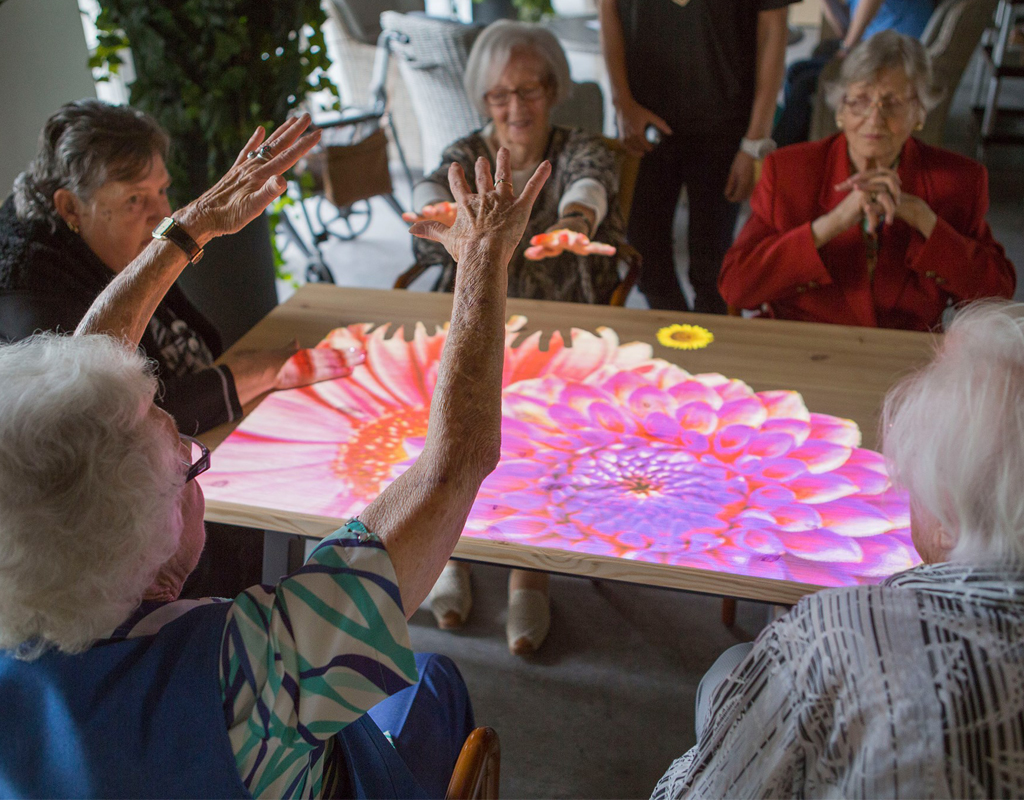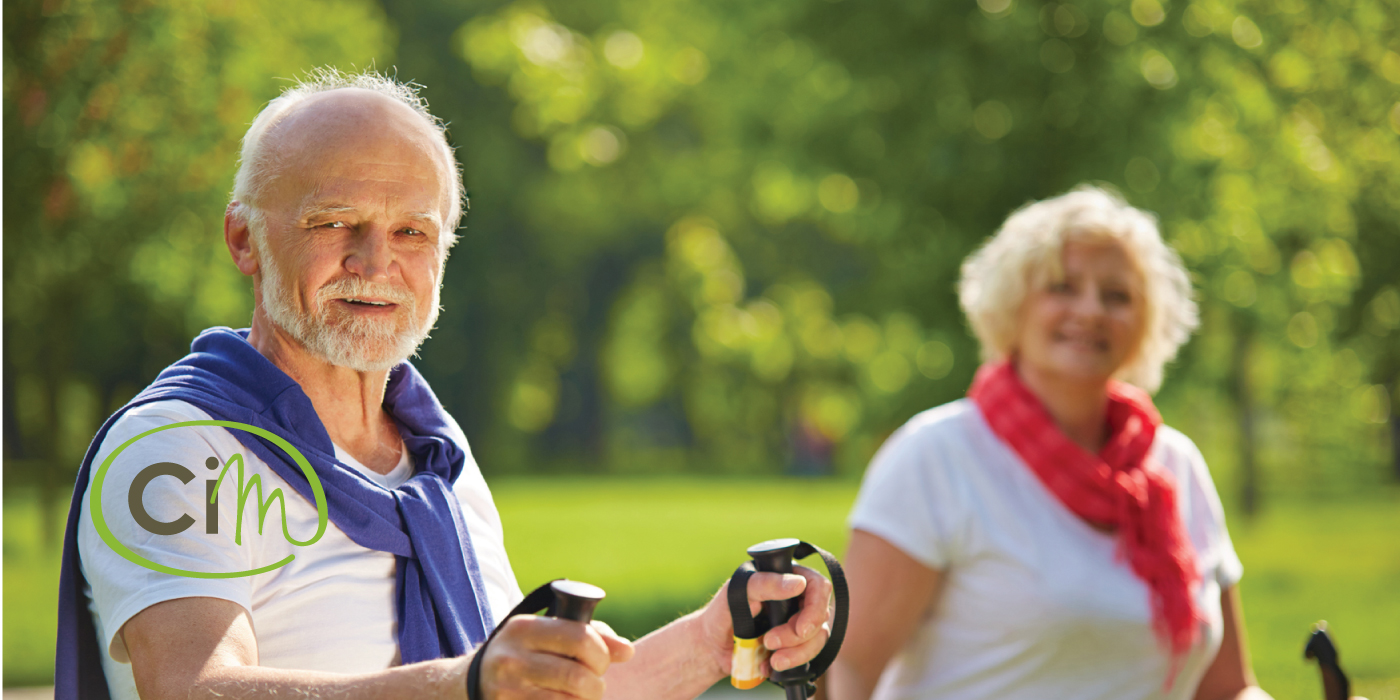AAL impact assessment
Impact of the AAL calls
and support actions
1. Better quality of life for older people and their networks
How the Programme has been successful in enhancing the well-being and independence of older adults and has expanded access to health and care solutions across care systems through the widespread adoption and integration of AAL solutions. These impacts were assessed to have helped older adults feel safer and more confident, maintain or enhance skills and employability, engage in social life, and retain autonomy, contributing to an active, independent lifestyle. The assessment also found that informal caregivers also benefit from AAL solutions, which have enhanced their ability to support older adults’ independence and quality of life.
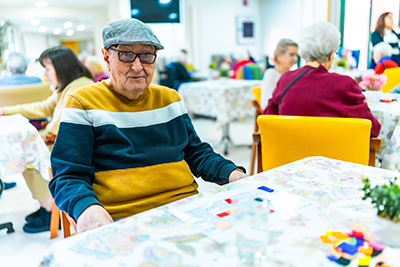 Mental and social well-being
Mental and social well-being
 Mental and social well-being
Mental and social well-being Mental and social well-being
67%
56%
 Increased market reach and access to solutions
Increased market reach and access to solutions
 Increased market reach and access to solutions
Increased market reach and access to solutions Increased market reach and access to solutions
4,268
238
 Enhanced adoption through user-centred development
Enhanced adoption through user-centred development
 Enhanced adoption through user-centred development
Enhanced adoption through user-centred development Enhanced adoption through user-centred development
A user-centred approach, central to the AAL Programme, significantly increases product adoption (82%) and relevance (88%), aligning closely with 2021 findings (74% for adoption and 85% for relevance).
 Awareness of active ageing solutions and user engagement
Awareness of active ageing solutions and user engagement
 Awareness of active ageing solutions and user engagement
Awareness of active ageing solutions and user engagement Awareness of active ageing solutions and user engagement
84%
73%
2. Increased efficiency and sustainability of support and care systems
How the Programme has been successful in increasing efficiency and sustainability in support and care systems by fostering early risk detection, encouraging the use of innovative tools, and improving interaction quality between carers and older adults. Despite some reported declines in perceived impact compared to 2021, the Programme’s emphasis on user-centred development and cross-border collaboration ensured its solutions have been both relevant and impactful and have been significantly integrated into care systems across Europe over the past 10 years.
 Key contributions to care efficiency and sustainability
Key contributions to care efficiency and sustainability
 Key contributions to care efficiency and sustainability
Key contributions to care efficiency and sustainability Early risk detection and improved cost efficiency
Improved quality of interaction
44%
Adoption of innovative solutions
56%
 Adoption, awareness, and user-cantered development
Adoption, awareness, and user-cantered development
 Adoption, awareness, and user-cantered development
Adoption, awareness, and user-cantered development End-users and paying Customers
56%
42%
Awareness among carers
71%
Networking and cross-border
User-centred approach
 Limitations and areas for improvement
Limitations and areas for improvement
 Limitations and areas for improvement
Limitations and areas for improvement Perceived impact decline in certain areas
Awareness Levels
3. Strengthening the industrial base for active ageing solutions in Europe
How the Programme has been successful in promoting market-ready solutions, supporting active ageing, and strengthening an ecosystem of care, collaboration and commercialisation across Europe.
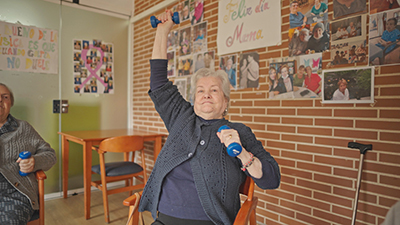 Quality of life improvements for older adults
Quality of life improvements for older adults
 Quality of life improvements for older adults
Quality of life improvements for older adults Quality of life improvements for older adults
67%
56%
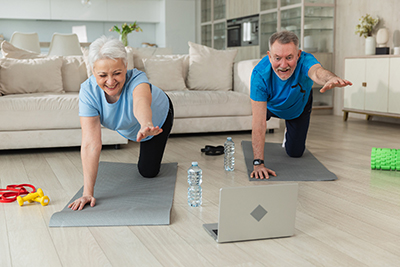 Reach and user impact
Reach and user impact
 Reach and user impact
Reach and user impact Reach and user impact
Older adults comprised 38% of the end-users, nearly the same as the 37% reported in 2021.
Average of 238 paying customers per solution, with older adults making up 9%. This is a decrease from 771 paying customers in 2021, as more care organisations became indirect paying customers, supporting larger end-user groups.
Average of 4,268 end-users reached per AAL solution within one year, a substantial increase from 1,855 end-users in 2021
 User-centred development
User-centred development
 User-centred development
User-centred development User-centred development
82%
88%
 Awareness among caregivers
Awareness among caregivers
 Awareness among caregivers
Awareness among caregivers Awareness among caregivers
84%
71%
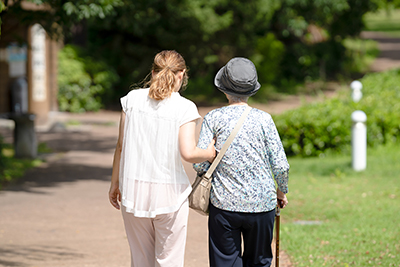 Support for formal and informal carers
Support for formal and informal carers
 Support for formal and informal carers
Support for formal and informal carers Support for formal and informal carers
44%
56%
 Cross-border and EU market potential
Cross-border and EU market potential
 Cross-border and EU market potential
Cross-border and EU market potential Cross-border and EU market potential
77%
100%
 Network expansion and knowledge sharing
Network expansion and knowledge sharing
 Network expansion and knowledge sharing
Network expansion and knowledge sharing Network expansion and knowledge sharing
92%
94%
4. EU added value from strengthening the AAL ecosystem and community
The survey concludes that the AAL Programme has delivered clear EU-added value by fostering a cohesive and innovative ecosystem for active assisted living. Through international collaboration, expanded networks, and systemic capacity building, the Programme supports the development and deployment of solutions that extend beyond national borders. These impacts underscore the critical role of the Programme in advancing Europe’s leadership in active assisted living and its related fields.
 Building a resilient and sustainable AAL ecosystem
Building a resilient and sustainable AAL ecosystem
 Building a resilient and sustainable AAL ecosystem
Building a resilient and sustainable AAL ecosystem Focus on systemic innovation
Knowledge sharing and coordination
 International collaboration and market readiness
International collaboration and market readiness
 International collaboration and market readiness
International collaboration and market readiness Relevance to Expanding Markets
77%
100%
Cross-border networking
70%
Pivotal Role
 Strengthening networks and partnerships
Strengthening networks and partnerships
 Strengthening networks and partnerships
Strengthening networks and partnerships Organisational impacts
The role of the AAL Forum Support Action
92%
 Evidence of ecosystem strengthening
Evidence of ecosystem strengthening
 Evidence of ecosystem strengthening
Evidence of ecosystem strengthening Survey confirmation
80%
48%
Consistent benefits over time
Lessons learned
for future partnerships
Key learnings from AAL Programme outputs, outcomes, and impacts
Reducing barriers and future development in the AAL Programme
The survey identified several barriers to commercialising AAL solutions and proposed actionable strategies for overcoming them. While progress has been made in developing the AAL ecosystem, challenges remain, particularly around market maturity and systemic transformation. In conclusion, the survey found that The AAL Programme’s strengths in collaboration, networking, and user-centred development have provided a solid foundation for addressing barriers and advancing care ecosystems. Strategic actions in funding, partnerships, and ecosystem transformation will be critical to sustaining this progress towards future innovation uptake across Europe.



